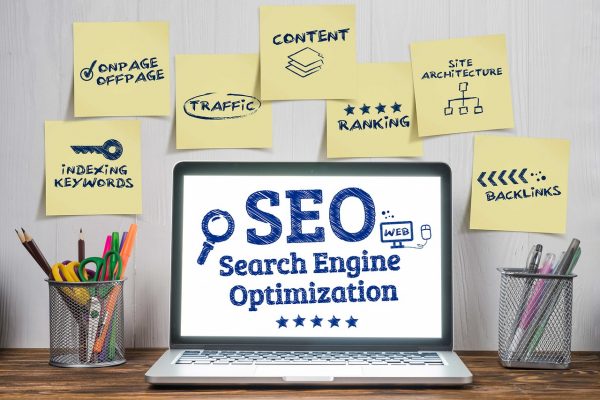
Uncategorized

The Science of First Impressions: How Web Design Shapes User Perception
First impressions happen in the blink of an eye. Literally. Research suggests that users form an opinion about a website in as little as 50 milliseconds. That’s faster than you can snap your fingers. And once that impression is set? It’s hard to change. A website’s design isn’t just about looking pretty. It plays a…

Beyond Aesthetics: How Functional Web Design Drives Business Growth
A beautiful website might catch the eye, but it’s functionality that keeps users engaged and encourages them to take action. A website that looks stunning but fails to load quickly, navigate smoothly, or provide clear calls-to-action is like a flashy storefront with a locked door. Frustrating and ineffective. The truth is, functional web design is…

Designing for Trust: How to Build Credibility Through Web Design
Building trust online isn’t just about having great content or a solid product. It starts the moment someone lands on your website. First impressions matter, and in the digital world, that impression comes from design. A cluttered, outdated, or inconsistent site raises red flags, while a polished, professional, and thoughtfully structured site can immediately instill…

How to Use Microinteractions to Enhance Web Design and User Engagement
Microinteractions might not be the first thing you consider when designing a website, but they can make a world of difference. These tiny, often subtle animations and responses create a sense of interactivity that keeps users engaged. Think of them as the unsung heroes of web design. Helping users navigate, confirming actions, and even adding…

How to Use Grid Systems in Web Design for Better Layouts and Usability
Grid systems are the unsung heroes of web design. They provide the invisible structure that keeps content organized, layouts cohesive, and the user experience seamless. Whether you’re designing a simple blog or a feature-rich e-commerce platform, using a grid system helps maintain visual harmony while ensuring that everything aligns just right. What Is a Grid…

How to Use Minimalist Web Design to Improve User Experience and Conversions
Minimalist web design isn’t just an aesthetic choice. It’s a strategic approach that enhances usability, focuses attention, and drives conversions. By stripping away unnecessary elements and emphasizing clean, functional layouts, websites become more user-friendly and engaging. Let’s explore how this design philosophy improves user experience and creates high-performing websites. What Is Minimalist Web Design? Minimalism…

How Biometrics and Gesture-Based Interactions Are Shaping the Future of Web Design
Biometrics and gesture-based interactions aren’t just futuristic gimmicks. They’re actively shaping how we experience websites today. From unlocking smartphones with a glance to navigating interfaces with a wave of the hand, these advancements are redefining what it means to browse online. But what does this mean for web design? And where do we go from…

How to Use Emotional Design to Create More Engaging Websites
Emotions drive decisions. Whether you’re buying a pair of shoes, choosing a restaurant, or engaging with a website, your emotions play a massive role in shaping your experience. This is where emotional design comes in. Thoughtfully designed websites tap into human emotions, making the digital experience not just functional but also engaging, memorable, and even…

How to Design for Conversion: The Science Behind High-Performing Websites
High-performing websites don’t just look good. They persuade, guide, and convert users with precision. There’s a science behind why some pages drive action and others leave visitors bouncing. It all boils down to strategic design choices rooted in psychology, behavioral economics, and user experience (UX) best practices. Let’s break it down into actionable insights so…

How to Create High-Performing Web Forms: A UX-Focused Approach
Web forms might not seem like the most glamorous part of a website, but they hold serious power. Whether it’s a checkout page, a contact form, or a simple sign-up field, these forms act as the bridge between your users and your business. The moment a person encounters friction in a form, they’re more likely…



